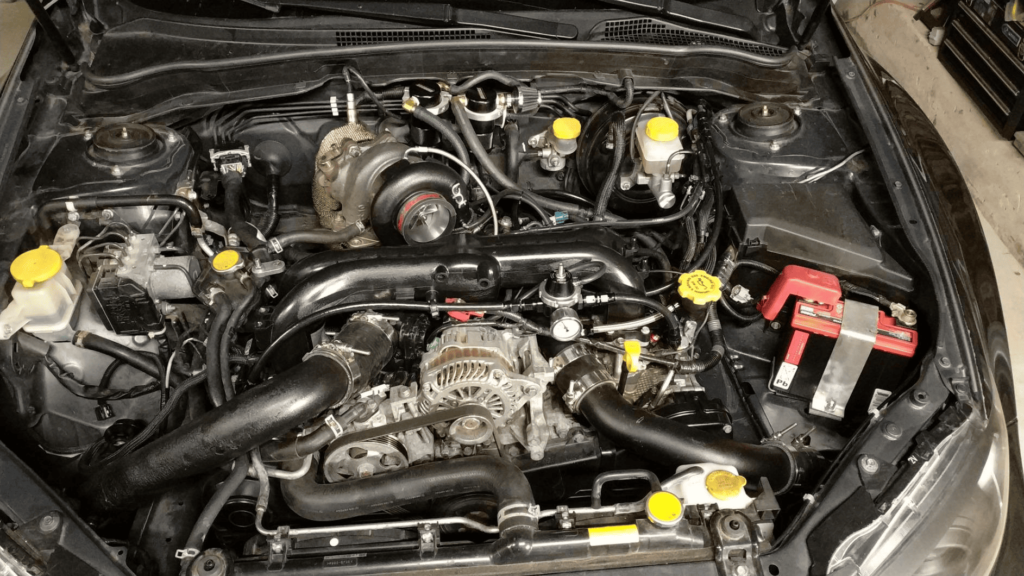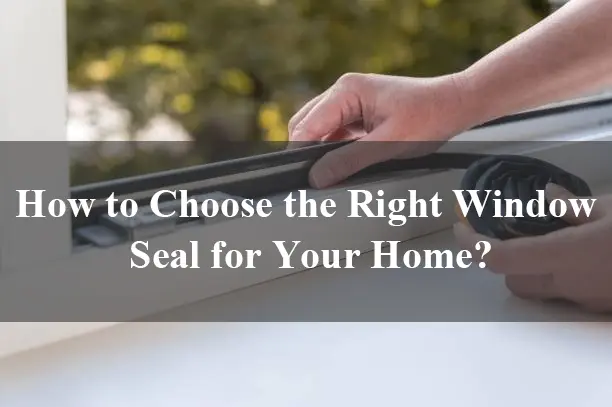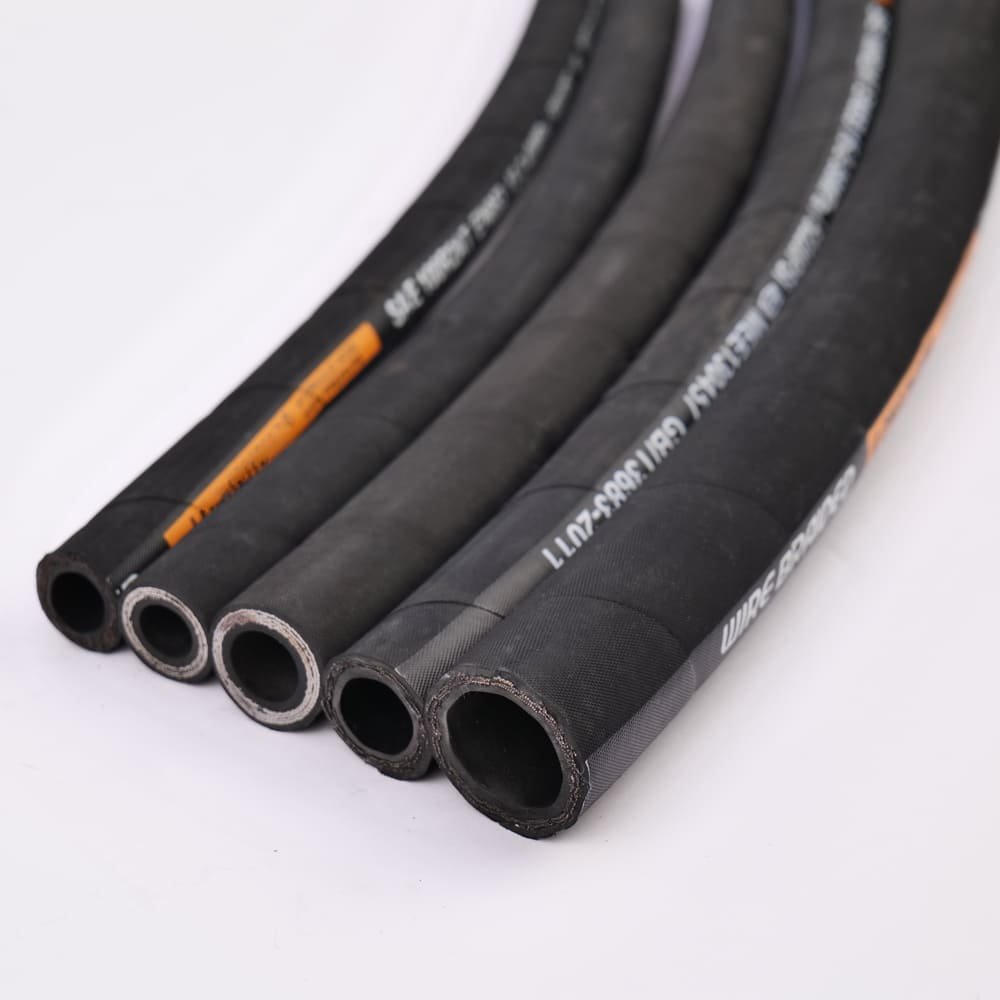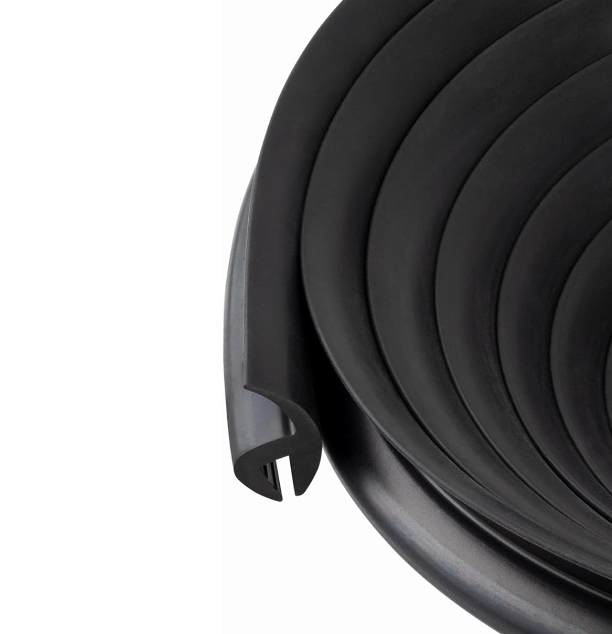Wyciek przewodu paliwowego to nie żart — może prowadzić do uszkodzenia silnika. Wielu właścicieli samochodów polega na opaskach zaciskowych, ale czy używasz ich prawidłowo? W tym przewodniku szczegółowo opisano wszystko, co musisz wiedzieć, od typów opasek do węży po instalację, aby mieć pewność, że Twoja przejażdżka będzie bezpiecznie zamknięta.
Zaciski węży odgrywają ważną rolę w utrzymaniu przewodów paliwowych przymocowanych do złączy i zapobieganiu wyciekom paliwa na skutek wibracji, ciśnienie, lub zmiany temperatury. Kiedy jest właściwie używany, tworzą ciasne, trwałe uszczelnienie. Jednakże, aby uniknąć niebezpiecznych awarii, należy wybrać odpowiedni typ i rozmiar zacisku w oparciu o materiał przewodu paliwowego i ciśnienie znamionowe.


Teraz, spójrzmy zaciski węża – co robią, różne typy, i jak bezpiecznie je stosować w układzie paliwowym samochodu.
Czym są przewody paliwowe i dlaczego są ważne?
Przewody paliwowe transportują gaz ze zbiornika paliwa do silnika. Muszą być silni, odporny na ciepło, i posiadać bezpieczne połączenia, aby zapobiec wyciekom paliwa. Niezależnie od tego, czy pracujesz z wężem gumowym, rurki ze stali nierdzewnej, lub nylonu, musisz upewnić się, że masz odpowiednie narzędzia i wiedzę, aby wykonać zadanie.
Rodzaje przewodów paliwowych występujących w pojazdach
Większość pojazdów wykorzystuje jeden lub więcej poniższych typów przewodów paliwowych:
- Węże paliwowe gumowe – elastyczne, łatwo się z nim pracuje, ale z czasem może się zepsuć.
- Stalowe przewody paliwowe – sztywne i wytrzymałe, często stosowane w układach wysokociśnieniowych.
- Nylonowe przewody paliwowe – lekkie i odporne na rdzę, powszechne we współczesnych samochodach.
Dla każdego typu mogą być potrzebne różne typy lub rozmiary opasek zaciskowych, aby zapewnić ich ścisłe dopasowanie.
Co to są opaski zaciskowe i jak działają?
Zaciski do węży to okrągłe opaski zakładane wokół węży w celu dokręcenia ich do złączek lub złączek rurowych. Kiedy je mocno zaciśniesz, zapobiegają wyciekaniu paliwa pod ciśnieniem lub wibracjami. Stanowią niewielką, ale kluczową część bezpieczeństwa układu paliwowego.
Różne typy opasek do przewodów paliwowych
Oto najpopularniejsze typy opasek zaciskowych:
- Zaciski przekładni ślimakowej – są regulowane i każdy z nich korzysta, ale potrafią przeciąć miękkie węże.


- Zaciski sprężynowe – świetnie sprawdzają się na złączkach plastikowych, są elastyczne przy zmianie temperatury.


- Zaciski śrubowe T – są stosowane w sytuacjach wysokiego ciśnienia w zastosowaniach o dużej wytrzymałości.


Dlaczego opaski do węży są używane na przewodach paliwowych??
Układy paliwowe narażone są na ciągłe wibracje, cykle temperaturowe, i zmiany ciśnienia. Zaciski do węży są do tego przyzwyczajone:
- Chronić przed wyciekiem paliwa
- Chronić węże przed wydmuchaniem pod ciśnieniem
- Zwiększ trwałość połączeń przewodów paliwowych
Czy można używać opasek zaciskowych na przewodach paliwowych??
Tak, Zaciski do węży są powszechnie stosowane na przewodach paliwowych, zwłaszcza gumowe lub nylonowe. Pomagają utrzymać szczelne uszczelnienie, które jest odporne na wycieki, zmiany ciśnienia, i wibracje silnika.
Jakie ciśnienie paliwa może utrzymać obejma węża?
Niektóre zaciski ze stali nierdzewnej do nylonowych przewodów paliwowych wytrzymują ciśnienie do 200 Psi. Będziesz musiał sprawdzić parametry zacisku i dopasować je do specyfikacji ciśnienia układu paliwowego.
Najlepsze zaciski przewodów paliwowych
Najlepszy zacisk węża zależy od systemu:
- Do fabrycznych przewodów paliwowych, użyj sprężynowych opasek zaciskowych.
- Do systemów o wysokiej wydajności, wybierz opaski zaciskowe z gwintem T.
- Do zastosowań niskociśnieniowych, użyj opasek zaciskowych węża przekładni ślimakowej.
Kupuj opaski do węży dostosowane do paliwa i nigdy nie używaj standardowych opasek sprzętowych.
Opaski do węży o dużej wytrzymałości vs. Standardowe zaciski do węży: Którego powinieneś użyć?
Kiedy należy używać wytrzymałych opasek zaciskowych:
Wysokie ciśnienie paliwa (nad 60 Psi)
Duże linie lub grube rurki
Dodatkowa trwałość wymagana w warunkach terenowych lub przy wysokich osiągach
Standardowe opaski zaciskowe nadają się do niskociśnieniowych przewodów powrotnych paliwa i prostych napraw.
Jak używać opaski zaciskowej na przewodzie paliwowym (Przewodnik krok po kroku)
Poniżej opisano, jak prawidłowo zamontować opaskę zaciskową:
Nasuń obejmę węża na wąż przed przymocowaniem go do złączki.
Wciśnij wąż całkowicie do złączki, aż zostanie mocno osadzony.
Umieść zacisk ok 1/4 cal od końca węża.
Dokręć zacisk, ale nie dokręcaj go zbyt mocno – możesz przeciąć wąż.
Sprawdź szczelność, uruchamiając na krótko silnik i sprawdzając złączkę.
Typowe błędy, których należy unikać podczas instalowania opasek do węży
Nadmierne dokręcenie i uszkodzenie węża
Używanie zacisku o niewłaściwym rozmiarze
Położenie obejmy zbyt blisko końca węża
Ponowne użycie starego lub skorodowanego zacisku
Używanie zacisku, który nie spełnia norm dotyczących paliwa
Rozwiązywanie problemów: Co zrobić, jeśli zacisk węża ulegnie awarii
Jeśli zostanie znaleziony wyciek:
Natychmiast wyłącz silnik
Sprawdź zacisk i wąż pod kątem pęknięć lub uszkodzeń
Wymień wąż, jeśli jest uszkodzony
Użyj nowego, odpowiednio dobrane, zacisk zgodny z wymaganiami paliwowymi
Nigdy nie ignoruj wycieku paliwa – Może to spowodować pożar.
Streszczenie
Zaciski węży odgrywają kluczową rolę w bezpieczeństwie układu paliwowego. Niezależnie od tego, czy konserwujesz, czy modernizujesz swój sprzęt, Kluczem jest użycie odpowiednich zacisków i technik.





